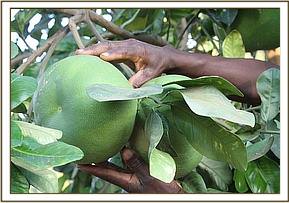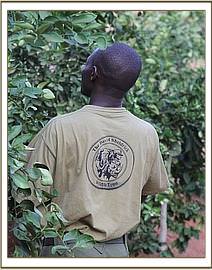In the arid soils of Tsavo at the Kaluko head-quarters, the David Sheldrick Wildlife Trust has grown a bountiful garden of fresh greens and seasonal vegetables
In the arid soils of Tsavo at the Kaluko head-quarters, the David Sheldrick Wildlife Trust has grown a bountiful garden of fresh greens and seasonal vegetables. Enormous eggplants, plump tomatoes, crunchy carrots and home grown fruits and vegetables are harvested every day including a host of favourite foods like sukuma wiki, a variety of spinach, vital for a healthy diet for every Kenyan.
This fruitful garden is a hugely successful venture which has evolved from just supplying all of the Tsavo field-based DSWT staff and elephant keepers with all their vegetable needs to a mini-enterprise supporting the local communities bordering Tsavo East National Park.

Over 60 families from these remote and underprivileged communities are now benefiting from the fresh produce of the Tsavo Garden. These families would have had to walk for a day to get just a small handful of greens which is all they can afford. They now have access to some vegetables that are never available in such dry and unfertile environments. Better quality food produce, grown sustainably and healthily.
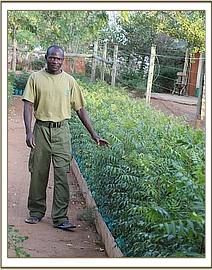

Without the garden such families would never get access to such fresh food and if they could they could never afford it at the high rate as very few people manage to grow such produce in these dry and unfertile conditions of the Tsavo area.
To facilitate this community outreach initiative the staff at the DSWT nurture, grow, harvest and deliver the fresh produce to one of the local markets, where selected distributers then sell the produce further afield to where the food is needed the most, selling the vegetables at a significantly reduced rate making it affordable to those most in need.
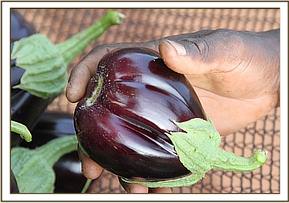
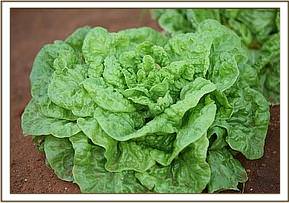


Another benefit of the Kaluku garden is the tree nursery, which propagates thousands of saplings every year. The Neem Tree, which in Kiswahili is called "Muarubaini", meaning the tree of the forty cures, is one of the trees grown that can survive the extremely harsh conditions of Tsavo. The tree, having been introduced to Eastern Africa during the 19th century by East Indian immigrants, produces much needed shade and timber whilst also producing seeds, leaves and bark which can be used for medical and insecticidal purposes. After the first rains local schools and womens groups receive up to 400 trees to plant in order to re-establish woodland in their area and to encourage communities to protect their environment.
